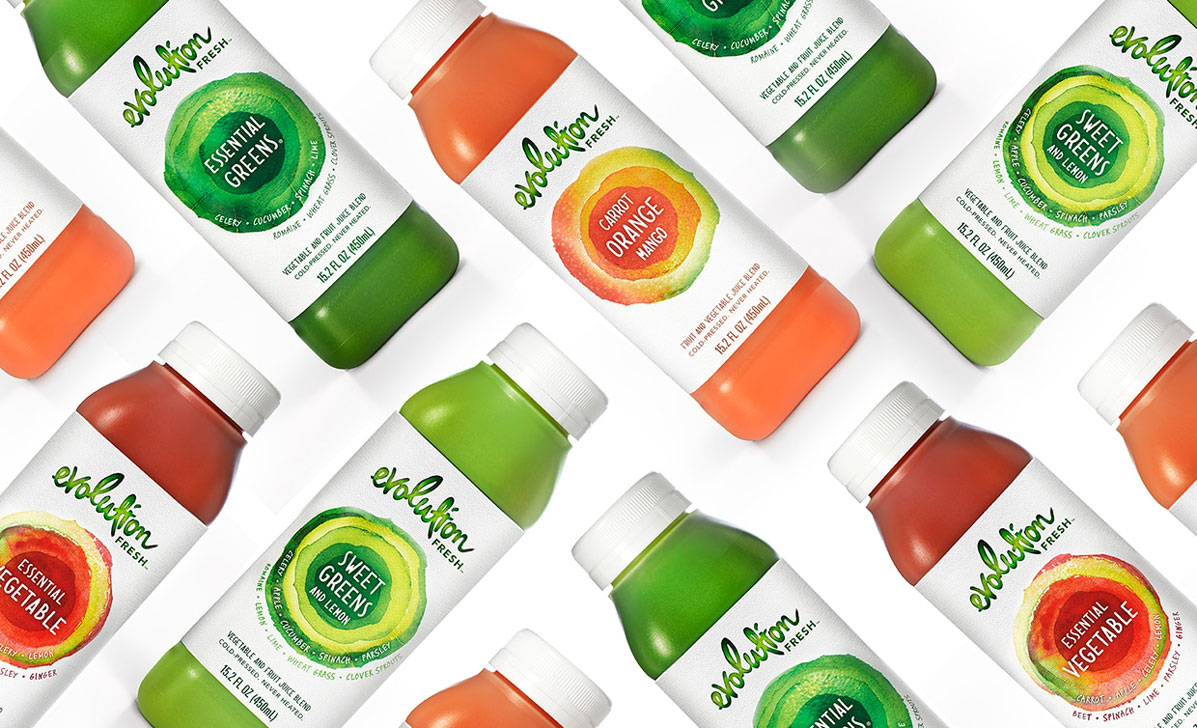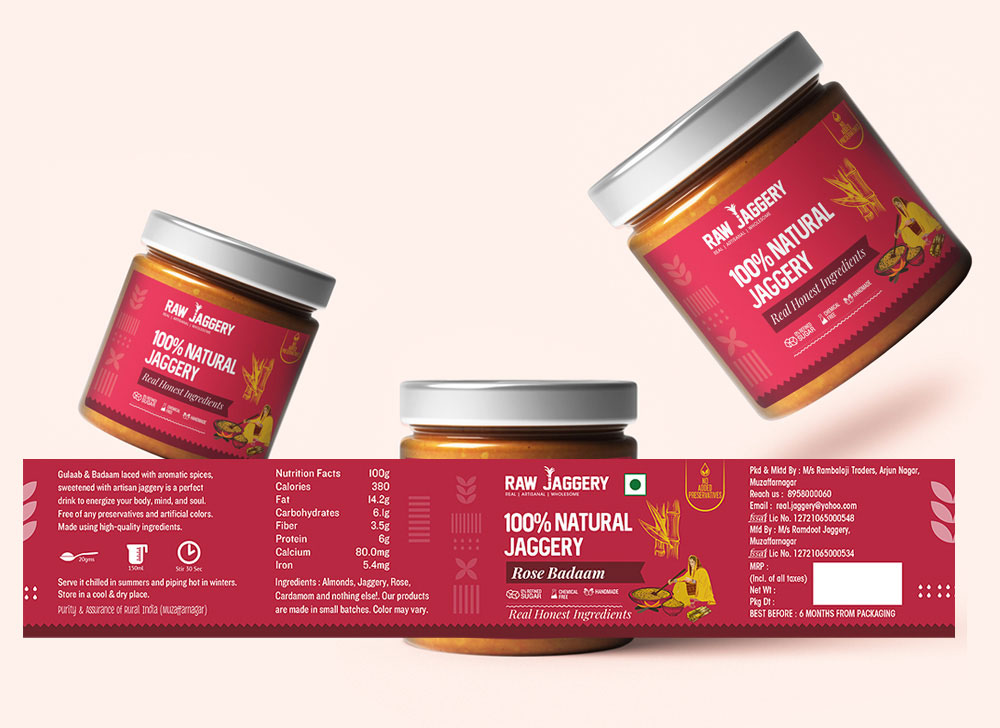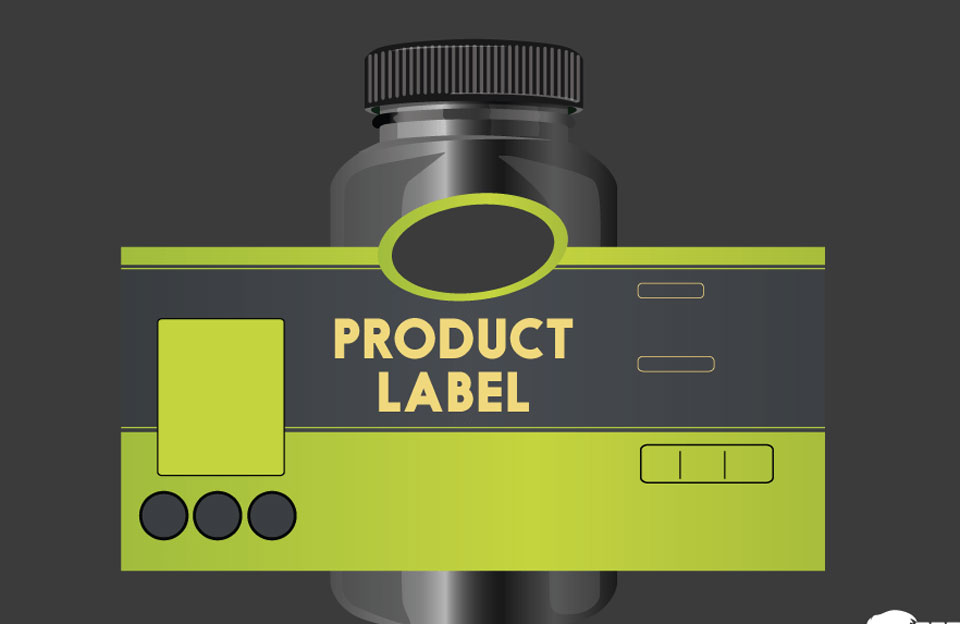Packaging and labeling have always been important tools in marketing and are used by several companies from different industries. Product labeling to consumers are vital in increasing brand awareness, royalties, and love. But most importantly, it can help increase market demand for any product. Whenever you manufacture a product, you communicate the value of the product to your customers. One way is to use product labels, which are one of the important means for brands to communicate with consumers.
The Importance of Product Labeling To Consumers
Product labeling to consumers is vital, informing consumers of detailed information about products, playing an important role in ensuring product safety, compliance with regulations, and increasing market transparency.

-
- Product Description: The label guides how to properly use the product we purchase. Whether you use it daily or once a week, before bed or after bedtime, with or without water, it’s all on the label, and it also tells you what amount or dosage is appropriate for your age, so you can use the product correctly and get the most out of it. Make the most of your product.
- Product Warnings: Accurate and legible product labeling ensures consumer safety. The product may cause side effects for some special people when used or consumed. Warning labels on hazardous products alert users to hazards and guide them in proper handling and use. Without proper labeling, consumers can unknowingly use products that could harm them. If you are pregnant or have certain medical conditions, such as heart disease or high blood pressure, you may want to review product warnings more.
- Legal Compliance: Many countries have specific regulations and laws regarding product labeling requirements. Compliance with these regulations is critical for manufacturers and sellers to avoid legal problems and penalties. Properly labeled products demonstrate compliance with local, regional, and international standards.
- Brand Reputation: Transparent and honest labels build trust between brands and consumers. Brands that provide comprehensive label information are likelier to acquire a positive reputation and foster brand loyalty.
- Environmental Impact: Environmentally conscious consumers seek environmentally friendly products. Appropriate product labeling to consumers, such as certification and ecolabels, can help consumers identify sustainable choices and encourage environmentally responsible purchasing decisions.
- Allergens and Dietary Preferences: Product labeling to consumers are critical for individuals with food allergies, dietary restrictions, or specific preferences. Clear labels help them identify products that suit their needs and avoid potential health risks.
- Product Differentiation: In a highly competitive market, product labels are a tool for product differentiation. Attractive and informative labels can grab consumers’ attention and make a product stand out from other products on the shelf.
- Traceability and Quality Control: Labels with batch numbers, production dates, and expiry dates facilitate product traceability and are valuable for quality control and recalls when problems arise.
- International Trade: When exporting products to different countries, accurate and compliant labeling needs to meet the specific labeling requirements of each destination country.
- Ethics and Social Responsibility: Labels can also demonstrate a company’s commitment to ethical practices, fair trade, and social responsibility. Consumers often appreciate companies that demonstrate ethical behavior through labeling practices.
Product labeling is more than just a formality; it is a powerful tool for protecting consumers, meeting legal requirements, enhancing brand reputation, and promoting responsible business practices.
How to Find The Information On The Labeling?
Finding information on product labels is critical to making informed purchasing decisions.

- Read the Entire Label: First, carefully read the label on the product packaging. Labels often contain important information in the front, back, sides, and bottom sections.
- Check the Product Name and Purpose: The product name or title usually indicates the type and purpose of the item; make sure it matches what you are looking for.
- Find the Ingredients: Check the ingredient list to determine the product’s ingredients. Ingredients are usually listed in descending order by quantity, with the most prominent ingredients listed first.
- Check Nutritional Information: Check the Nutrition Facts panel for food and beverage products. The Nutrition Facts panel details serving size, calories, macronutrients (fat, carbohydrates, and protein), vitamins, and minerals.
- Scan for Allergen Information: If you have allergies or specific dietary restrictions, carefully review the allergen information on the label. Common allergens are often highlighted for easier identification.
- Find Directions for Use: For products like medications, household cleaners, or personal care items, check directions for use, dosing guidelines, and any precautions or warnings.
- Check for Certifications and Ecolabels: Look for certifications or eco-labels that show a product meets specific environmental, organic, or sustainability standards.
- Check Expiration Dates and Batch Numbers: For perishable items or medications, write down expiration dates and batch numbers, which are critical for quality control and safety.
- Look for Safety Warnings: A product should be clearly indicated on a warning label if it poses any hazard or safety concern.
- Research Unfamiliar Terms: If you come across unfamiliar terms or abbreviations on a label, take the time to research what they mean or ask the manufacturer or seller for clarification.
- Use of Technology: Some products have QR codes or barcodes that can be scanned using a smartphone app to get more detailed information about the product.
- Check Websites and Customer Reviews: If you need additional information not provided on the label, consider checking the manufacturer’s website or looking for customer reviews to gain insights from other consumers’ experiences.
Conclusion
Product labeling to consumers contain very important information printed on product packaging, distinguishing one brand from another. Product packaging may have brand colors, materials, logos, and the shape of the packaging, among others. However, product labeling to consumers is not just about branding and product promotion; there are more important messages that consumers need to pay attention to when checking labels. All products have multiple regulatory agencies, for example, the US Food and Drug Administration (FDA) is the regulatory and regulatory agency for food products, and any new product on the market must adhere to the packaging and labeling guidelines of the respective national regulatory agency.


